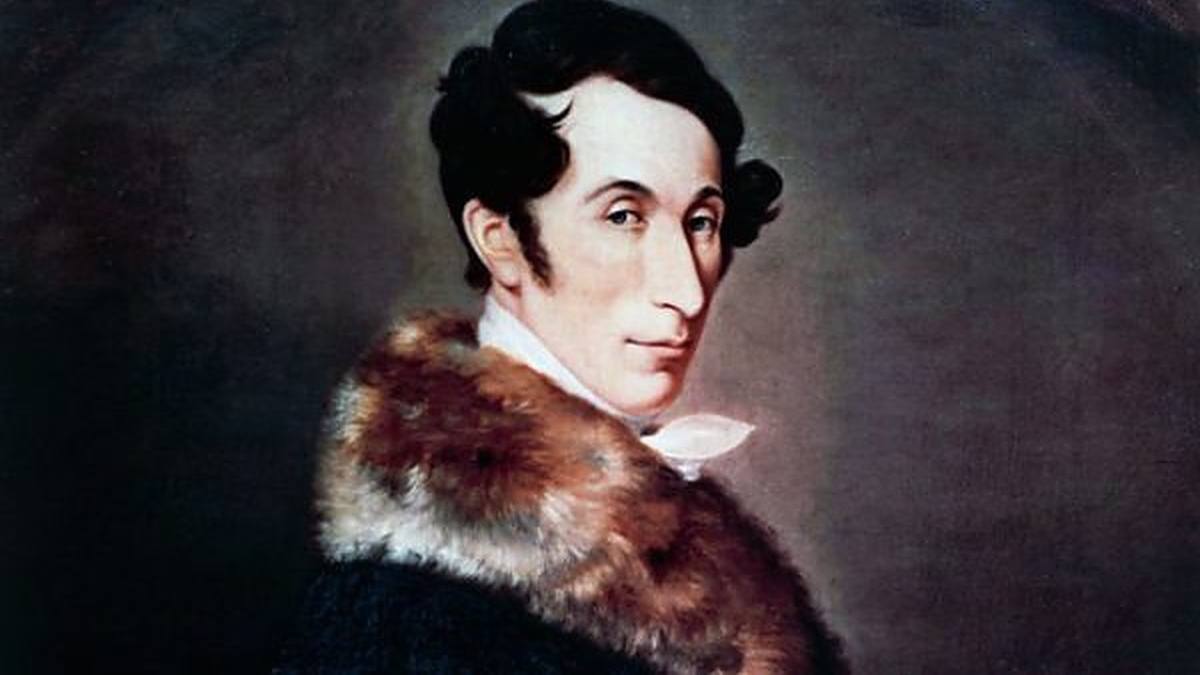Leontyne Price: Canzone di Doretta from Puccini’s “La Rondine”
Giacomo Puccini’s 1917 opera, La Rondine (“The Swallow”), tells the story of Magda, a Parisian courtesan who falls in love with the handsome young Ruggero. Ultimately, Magda is haunted by her past and leaves Ruggero, returning to her old life like a swallow returning to the nest. The opera’s most famous aria, Chi il bel sogno di Doretta, comes in the first act. At a party, the poet Prunier affirms the power of romantic love. …







